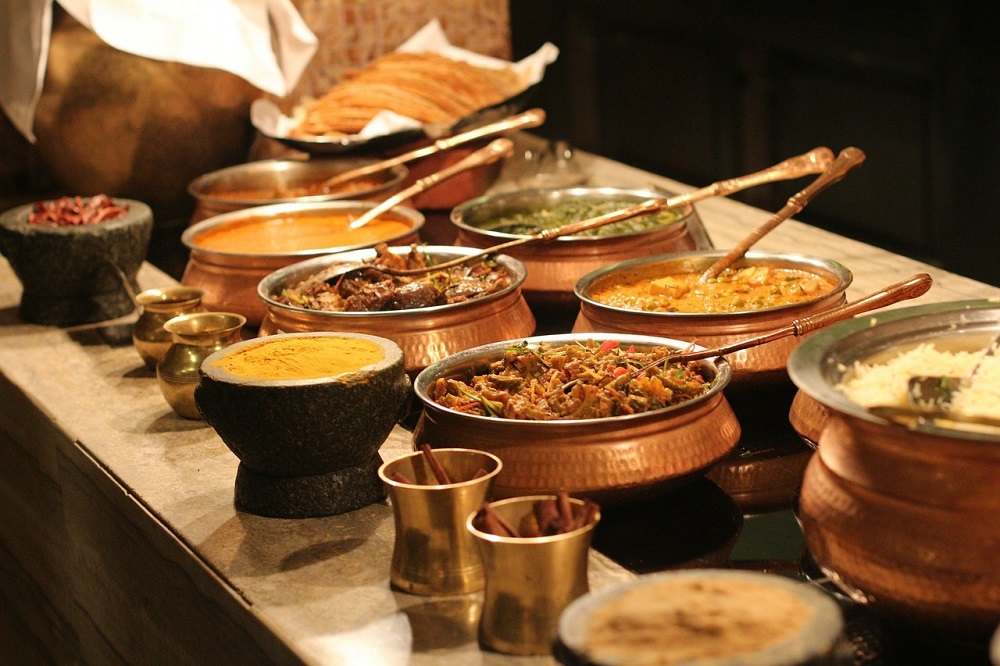Ever walked past an Indian restaurant, caught a whiff of something incredible, and thought, this might be the one, only to end up disappointed by bland curry and soggy naan? Yeah, we’ve all been there.
With so many Indian restaurants out there, it’s surprisingly easy to end up somewhere that talks a big game but doesn’t deliver. If you’re tired of taking chances and want to know how to consistently find the real deal, here’s what to actually pay attention to.
Check the Menu – But Not Just for the Dishes
A long, complicated menu might seem like a sign of variety, but in most cases, it’s the opposite. A menu that’s trying to cover every regional style and every variation of curry under the sun is often overcompensating.
What you want to see is a menu that shows:
- Focus – A well-curated selection tells you they’ve put thought into it.
- Balance – Starters, mains, vegetarian options, breads, rice, sides.
- Clarity – Descriptions that make sense, without being overdone.
- Regional hints – Words like ‘Chettinad’, ‘Kashmiri’, or ‘Goan’ often signal a stronger connection to actual Indian cooking, rather than a watered-down version.
Keep in mind, the menu should make you feel hungry, not confused.
Smell Matters – More Than You Think
You can learn a lot from what you smell when you walk in. Great Indian food uses a deep layering of spices. The aroma should hit you gently, not just chilli or oil, but cumin, coriander, cardamom, clove, or even the smoky scent of something tandoori being prepared.
If the smell is overpoweringly greasy or if you can barely smell anything at all, those are both red flags. A good Indian kitchen smells alive.
Ask About Regional Roots / Cooking Style
It’s entirely fair to ask staff or servers where the recipes originate or if the food is inspired by a specific region. India’s cuisine is incredibly diverse. Northern Indian food is rich and creamy, often featuring breads like naan and roti. Southern Indian cuisine leans more towards rice-based dishes, coconut, tamarind, and sharper spice levels.
If you really want to experience the best Indian restaurant in London, start by noticing whether the menu reflects a strong regional influence; those are the places that cook with confidence, not compromise. Restaurants that focus on a particular region or have a specific style, such as blending Indian tradition with modern flair, tend to be more consistent in what they serve.
Watch What Others Are Eating
If you’re eating in, scan the tables around you. See what people are ordering. Notice what dishes are being served the most and whether they look freshly made. It’s also worth checking who’s dining in. If you see people who are clearly familiar with Indian food, or families ordering a mix of dishes to share, that usually means the food’s worth trusting.
Look for Clues in the Small Details
A few tiny things can say a lot about the care and quality behind the scenes:
- Fresh coriander on top of dishes, not just dried herbs tossed on for effect.
- Properly charred naan or roti, not flatbread that looks microwaved.
- Rice that’s fluffy and distinct, not sticky or clumped.
- Curries that are layered in flavour, not just spicy for the sake of it.
These are the sorts of details that show someone in the kitchen actually knows and respects the cuisine.
Spice Level Should Be a Choice
A big giveaway that a place is used to doing things properly is how they approach spice. If the server asks whether you want your dish mild, medium, or hot, that’s fine, but a really good restaurant will have a standard spice profile based on how the dish is meant to taste.
Butter chicken should be rich and slightly sweet. Vindaloo should be sharp and spicy. A good restaurant will tell you if a dish is meant to be hot rather than just adjusting everything to personal preference. It’s not about being inflexible; it’s about respecting the recipe.
Authentic Doesn’t Always Mean Spicy
One of the biggest misconceptions is that Indian food has to blow your head off to be “authentic”. That’s simply not true. Many of the best Indian dishes are subtle, comforting, and even mild in terms of spice. If a restaurant tries to hype everything up as “fiery” or “explosive”, it might be leaning more into gimmicks than actual flavour.
What you’re looking for is depth, not just heat. A dish that makes you pause and think what is that spice? That’s where the magic is.
A Final Word on Trusting Your Gut
At the end of the day, your instincts matter. If something feels off, it probably is. If you’re excited as soon as you walk in, that’s often a good sign. Over time, you’ll start to recognise the clues; menu confidence, aromatic spices, clear regional influence, and attention to detail.
The goal isn’t just to eat Indian food. It’s to find the kind of place that respects the culture, understands the flavours, and cooks with heart. And once you find that? You won’t want to settle for anything less.






